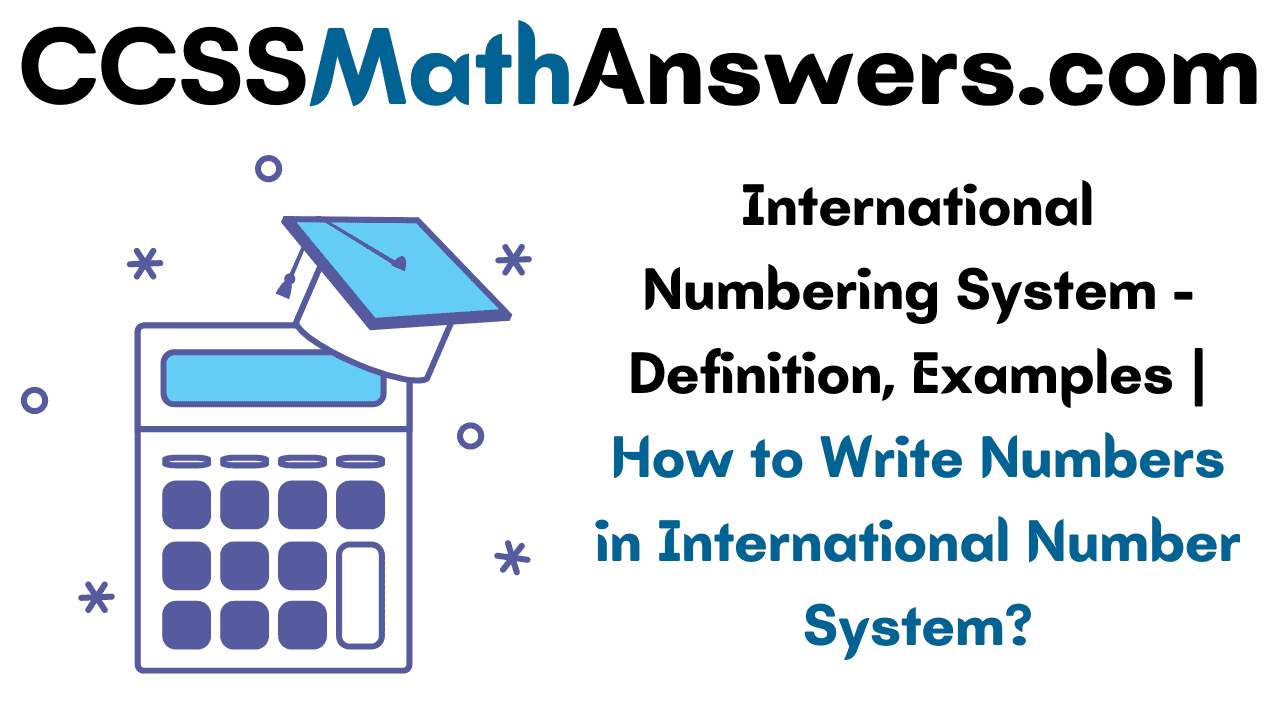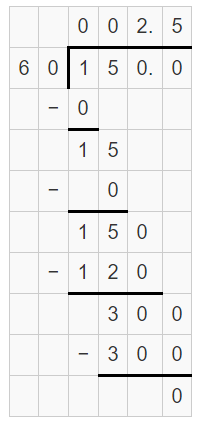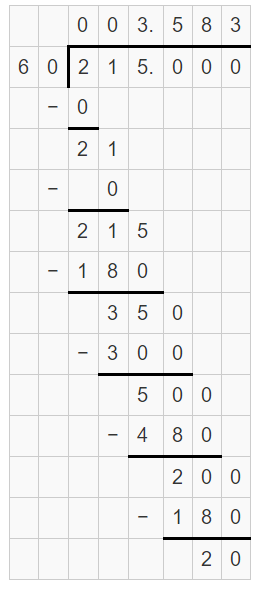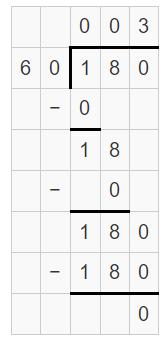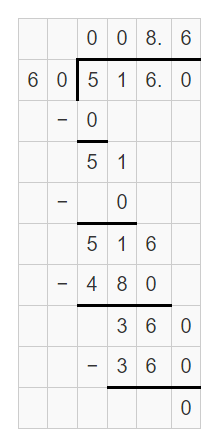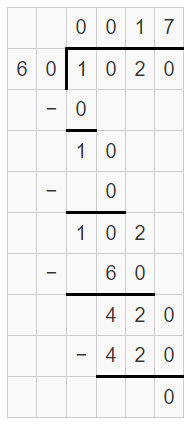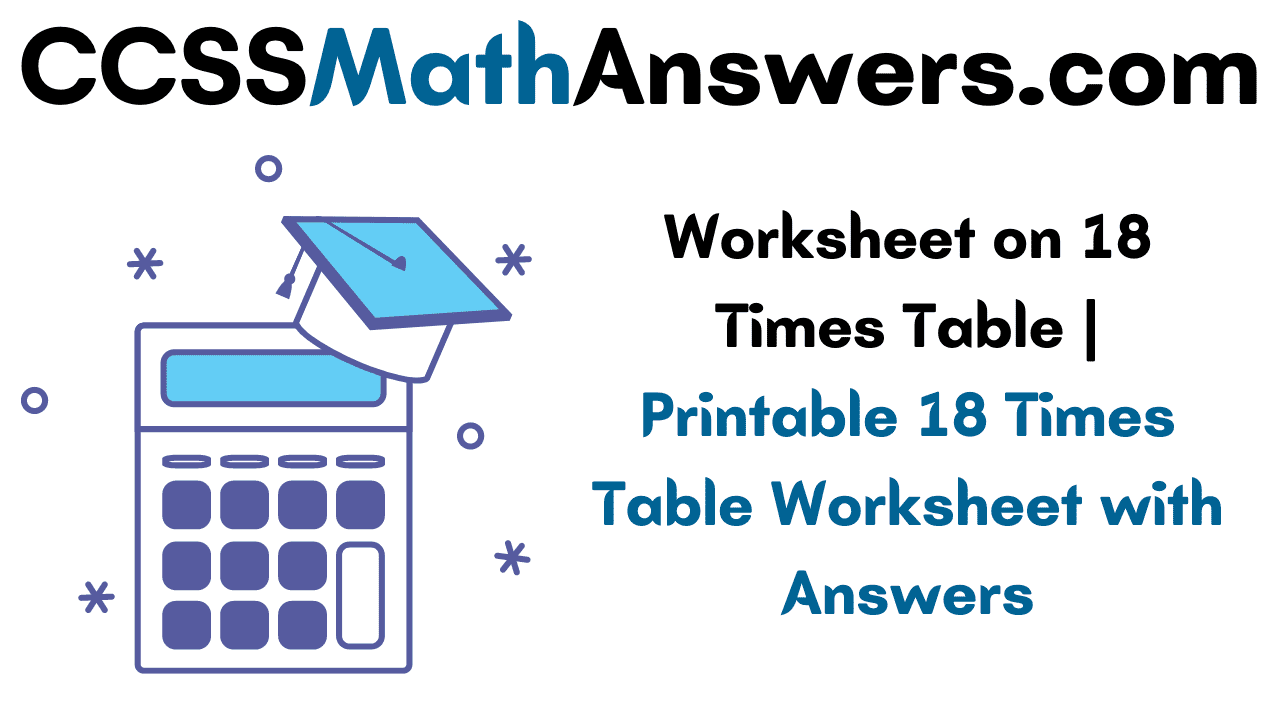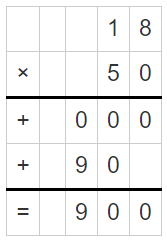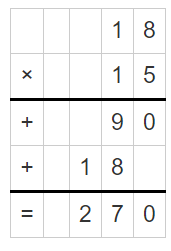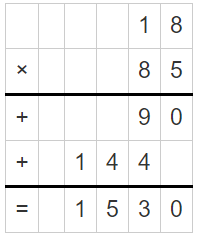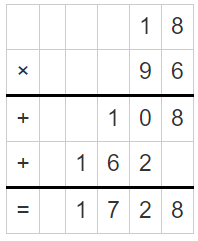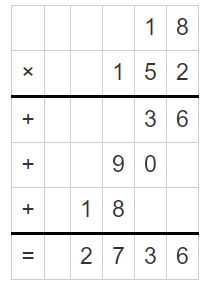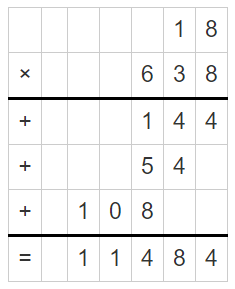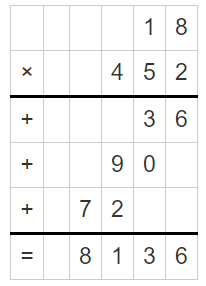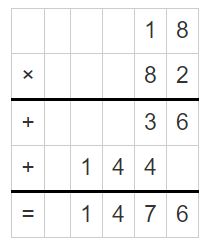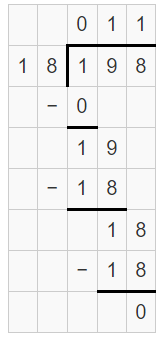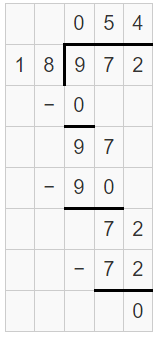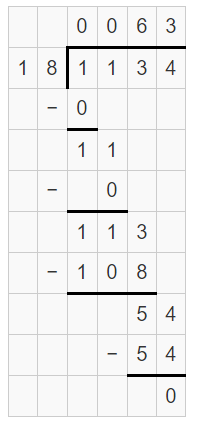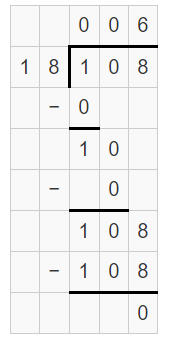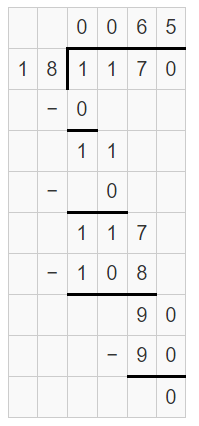Products of numbers can be found by multiplying one number with other numbers. Estimating products can be found by rounding numbers to the nearest ten, hundred, thousand, etc., The multiplication will give you the exact value of the product of two numbers. Estimating products will give you the approximate value of the product of two numbers. Let us get into deep to learn Estimating Products. Estimation of products is happened by rounding the given factors to the required place value. You can get the near value of the product of numbers with an estimation of products.
Do Check: Estimating the Quotient
How to Round the Factors to Estimate Products?
Follow the below steps to find out any given numbers of products using Estimation of products.
1. Firstly, take the given numbers.
2. Round off the multiplier and the multiplicand to the nearest tens, hundreds, or thousands.
3. In the last step, multiply the rounded numbers and get the output.
Estimating Products Examples
Example 1.
Estimate the products of 33 and 87.
Solution:
Given numbers are 33 and 87.
Round off the given numbers to the nearest tens, hundreds, or thousands.
33 – 33 is in between 30 and 40. But the 33 is near to 30 compared to 40. Therefore, 33 is rounded down to 30.
87 – 87 is in between 80 and 90. But the 87 is near to 90 compared to 80. Therefore, 87 is rounded up to 90.
Multiply 30 and 90.
30 × 90 = 2700.
Therefore, the estimated product is 2700.
Example 2.
Estimate the products of 332 and 268 by rounding to the nearest hundred.
Solution:
Given numbers are 332 and 268.
Round off the given numbers to the nearest tens, hundreds, or thousands.
332 – 332 is in between 300 and 400. But the 332 is near to 300 compared to 400. Therefore, 332 is rounded down to 300.
268 – 268 is in between 200 and 300. But the 268 is near to 300 compared to 200. Therefore, 268 is rounded up to 300.
Multiply 300 and 300.
300 × 300 = 90,000.
Therefore, the estimated product is 90,000.
Example 3.
Estimate the products of 41 and 72.
Solution:
Given numbers are 41 and 72.
Round off the given numbers to the nearest tens, hundreds, or thousands.
41 – 41 is in between 40 and 50. But the 41 is near to 40 compared to 50. Therefore, 41 is rounded down to 40.
72 – 72 is in between 70 and 80. But the 72 is near to 70 compared to 80. Therefore, 72 is rounded down to 70.
Multiply 40 and 70.
40 × 70 = 2800.
Therefore, the estimated product is 2800.
Example 4.
Estimate the products of 221 and 157 by rounding to the nearest hundred.
Solution:
Given numbers are 221 and 157.
Round off the given numbers to the nearest tens, hundreds, or thousands.
221 – 221 is in between 200 and 300. But the 221 is near to 200 compared to 300. Therefore, 221 is rounded down to 200.
157 – 157 is in between 100 and 200. But the 157 is near to 100 compared to 200. Therefore, 157 is rounded down to 100.
Multiply 200 and 100.
200 × 100 = 20,000.
Therefore, the estimated product is 20,000.
Estimating Products Problems with Answers
Problem 1.
Estimate the product: 41 × 58
Solution:
Given numbers are 41 and 58.
Round off the given numbers to the nearest tens, hundreds, or thousands.
41 – 41 is in between 40 and 50. But the 41 is near to 40 compared to 50. Therefore, 41 is rounded down to 40.
58 – 58 is in between 50 and 60. But the 58 is near to 50 compared to 60. Therefore, 58 is rounded up to 60.
Multiply 40 and 60.
40 × 60 = 2400.
Therefore, the estimated product is 2400.
Problem 2.
Estimate the product: 48 × 83
Solution:
Given numbers are 48 and 83.
Round off the given numbers to the nearest tens, hundreds, or thousands.
48 – 48 is in between 40 and 50. But the 48 is near to 50 compared to 40. Therefore, 48 is rounded up to 50.
83 – 83 is in between 80 and 90. But the 83 is near to 80 compared to 90. Therefore, 83 is rounded down to 80.
Multiply 50 and 80.
50 × 80 = 4000.
Therefore, the estimated product is 4000.
Problem 3.
Estimate the product: 73 × 86
Solution:
Given numbers are 73 and 86.
Round off the given numbers to the nearest tens, hundreds, or thousands.
73 – 73 is in between 70 and 80. But the 73 is near to 70 compared to 80. Therefore, 73 is rounded down to 70.
86 – 86 is in between 80 and 90. But the 86 is near to 90 compared to 80. Therefore, 86 is rounded up to 90.
Multiply 70 and 90.
70 × 90 = 6300.
Therefore, the estimated product is 6300.
Problem 4.
Estimate the product: 357 × 327 by rounding to the nearest hundred.
Solution:
Given numbers are 357 and 327.
Round off the given numbers to the nearest tens, hundreds, or thousands.
357 – 357 is in between 300 and 400. But the 357 is near to 400 compared to 300. Therefore, 357 is rounded up to 400.
327 – 327 is in between 300 and 400. But the 327 is near to 300 compared to 400. Therefore, 327 is rounded down to 300.
Multiply 400 and 300.
400 × 300 = 120,000.
Therefore, the estimated product is 120,000.
Problem 5.
Estimate the following product by rounding numbers to the nearest
(i) Hundred
(ii) Ten ‘342 × 268
Solution:
(i) The given numbers are 342 and 268.
Round off the given numbers to the nearest hundreds.
342 – 342 is in between 300 and 400. But the 342 is near to 300 compared to 400. Therefore, 342 is rounded down to 300.
268 – 268 is in between 200 and 300. But the 268 is near to 300 compared to 200. Therefore, 268 is rounded up to 300.
Multiply 300 and 300.
300 × 300 = 90,000.
Therefore, the estimated product is 90,000.
(i) The given numbers are 342 and 268.
Round off the given numbers to the nearest tens.
342 – 342 is in between 340 and 350. But the 342 is near to 340 compared to 350. Therefore, 342 is rounded down to 340.
268 – 268 is in between 260 and 270. But the 268 is near to 270 compared to 260. Therefore, 268 is rounded up to 270.
Multiply 340 and 270.
340 × 270 = 91,800.
Therefore, the estimated product is 91,800.
Estimation in Multiplication Problems
Example 1.
Estimate the following product by rounding numbers to the nearest Hundred
(a) 148 and 156
(b) 215 and 394
(c) 387 and 412
(d) 411 and 513
(e) 558 and 677
(f) 697 and 702
(g) 777 and 887
(h) 825 and 930
Solution:
(a) Given numbers are 148 and 156.
Round off the given numbers to the nearest hundreds.
148 – 148 is in between 100 and 200. But the 148 is near to 100 compared to 200. Therefore, 148 is rounded down to 100.
156 – 156 is in between 100 and 200. But the 156 is near to 200 compared to 100. Therefore, 156 is rounded up to 200.
Multiply 100 and 200.
100 × 200 = 20,000.
Therefore, the estimated product is 20,000.
(b) Given numbers are 215 and 394.
Round off the given numbers to the nearest hundreds.
215 – 215 is in between 200 and 300. But the 215 is near to 200 compared to 300. Therefore, 215 is rounded down to 200.
394 – 394 is in between 300 and 400. But the 394 is near to 400 compared to 300. Therefore, 394 is rounded up to 400.
Multiply 200 and 400.
200 × 400 = 80,000.
Therefore, the estimated product is 80,000.
(c) Given numbers are 387 and 412.
Round off the given numbers to the nearest hundreds.
387 – 387 is in between 300 and 400. But the 387 is near to 400 compared to 300. Therefore, 387 is rounded up to 400.
412 – 412 is in between 400 and 500. But the 412 is near to 400 compared to 500. Therefore, 412 is rounded down to 400.
Multiply 400 and 400.
400 × 400 = 160,000.
Therefore, the estimated product is 160,000.
(d) Given numbers are 411 and 513.
Round off the given numbers to the nearest hundreds.
411 – 411 is in between 400 and 500. But the 411 is near to 400 compared to 500. Therefore, 411 is rounded down to 400.
513 – 513 is in between 500 and 600. But the 513 is near to 500 compared to 600. Therefore, 513 is rounded down to 500.
Multiply 400 and 500.
400 × 500 = 200,000.
Therefore, the estimated product is 200,000.
(e) Given numbers are 558 and 677.
Round off the given numbers to the nearest hundreds.
558 – 558 is in between 500 and 600. But the 558 is near to 600 compared to 500. Therefore, 558 is rounded up to 600.
677 – 677 is in between 600 and 700. But the 677 is near to 700 compared to 600. Therefore, 677 is rounded up to 700.
Multiply 600 and 700.
600 × 700 = 420,000.
Therefore, the estimated product is 420,000.
(f) Given numbers are 697 and 702.
Round off the given numbers to the nearest hundreds.
697 – 697 is in between 600 and 700. But the 697 is near to 700 compared to 600. Therefore, 697 is rounded up to 700.
702 – 702 is in between 700 and 800. But the 702 is near to 700 compared to 800. Therefore, 702 is rounded down to 700.
Multiply 700 and 700.
700 × 700 = 490,000.
Therefore, the estimated product is 490,000.
(g) Given numbers are 777 and 887.
Round off the given numbers to the nearest hundreds.
777 – 777 is in between 700 and 800. But the 777 is near to 800 compared to 700. Therefore, 777 is rounded up to 800.
887 – 887 is in between 800 and 900. But the 887 is near to 900 compared to 700. Therefore, 887 is rounded up to 900.
Multiply 800 and 900.
800 × 900 = 720,000.
Therefore, the estimated product is 720,000.
(h) Given numbers are 825 and 930.
Round off the given numbers to the nearest hundreds.
825 – 825 is in between 800 and 900. But the 825 is near to 800 compared to 900. Therefore, 825 is rounded down to 800.
930 – 930 is in between 900 and 1000. But the 930 is near to 900 compared to 1000. Therefore, 930 is rounded down to 900.
Multiply 800 and 900.
800 × 900 = 720,000.
Therefore, the estimated product is 720,000.
Example 2.
Choose the best estimate and tick the right answer.
I. A shopkeeper has 91 packets of chocolates. If each packet has 38 chocolates, then how many chocolates are there in the shop.
(i) 3600 (ii) 4000
Solution:
Given numbers are 91 and 38.
Round off the given numbers to the nearest tens, hundreds, or thousands.
91 – 91 is in between 90 and 100. But the 91 is near to 90 compared to 100. Therefore, 91 is rounded down to 90.
38 – 38 is in between 30 and 40. But the 38 is near to 40 compared to 30. Therefore, 38 is rounded up to 40.
Multiply 90 and 40.
90 × 40 = 3600.
Therefore, the estimated product is 3600.
The answer (i) 3600 is correct.
II. A museum has 218 marble jars. Each jar has 179 marbles. What is the total number of marbles in the museum?
(i) 40000 (ii) 50000
Solution:
Given numbers are 218 and 179.
Round off the given numbers to the nearest tens, hundreds, or thousands.
218 – 218 is in between 200 and 300. But the 218 is near to 200 compared to 300. Therefore, 218 is rounded down to 200.
179 – 179 is in between 100 and 200. But the 179 is near to 200 compared to 100. Therefore, 179 is rounded up to 200.
Multiply 200 and 200.
200 × 200 = 40,000.
Therefore, the estimated product is 40,000.
The answer (i) 40000 is correct.
III. There are 77 houses in a locality. Each house uses 279 units of electricity each day. How many units of electricity is used each day in the locality?
(i) 24000 (ii) 30000
Solution:
Given numbers are 77 and 279.
Round off the given numbers to the nearest tens, hundreds, or thousands.
77 – 77 is in between 70 and 80. But the 77 is near to 80 compared to 70. Therefore, 77 is rounded up to 80.
279 – 279 is in between 200 and 300. But the 279 is near to 300 compared to 200. Therefore, 279 is rounded up to 300.
Multiply 200 and 200.
80 × 300 = 24,000.
Therefore, the estimated product is 24,000.
The answer (i) 24000 is correct.
IV. A hotel has 19 water tanks and each tank has the capacity of 4088 liters of water. What is the total quantity of water that can be stored by the hotel?
(i) 80000 (ii) 16000
Solution:
Given numbers are 19 and 4088.
Round off the given numbers to the nearest tens, hundreds, or thousands.
19 – 19 is in between 10 and 20. But the 19 is near to 20 compared to 10. Therefore, 19 is rounded up to 20.
4088 – 4088 is in between 4000 and 5000. But the 4088 is near to 4000 compared to 5000. Therefore, 4088 is rounded down to 4000.
Multiply 20 and 4000.
20 × 4000 = 80,000.
Therefore, the estimated product is 80,000.
The answer (i) 80000 is correct.
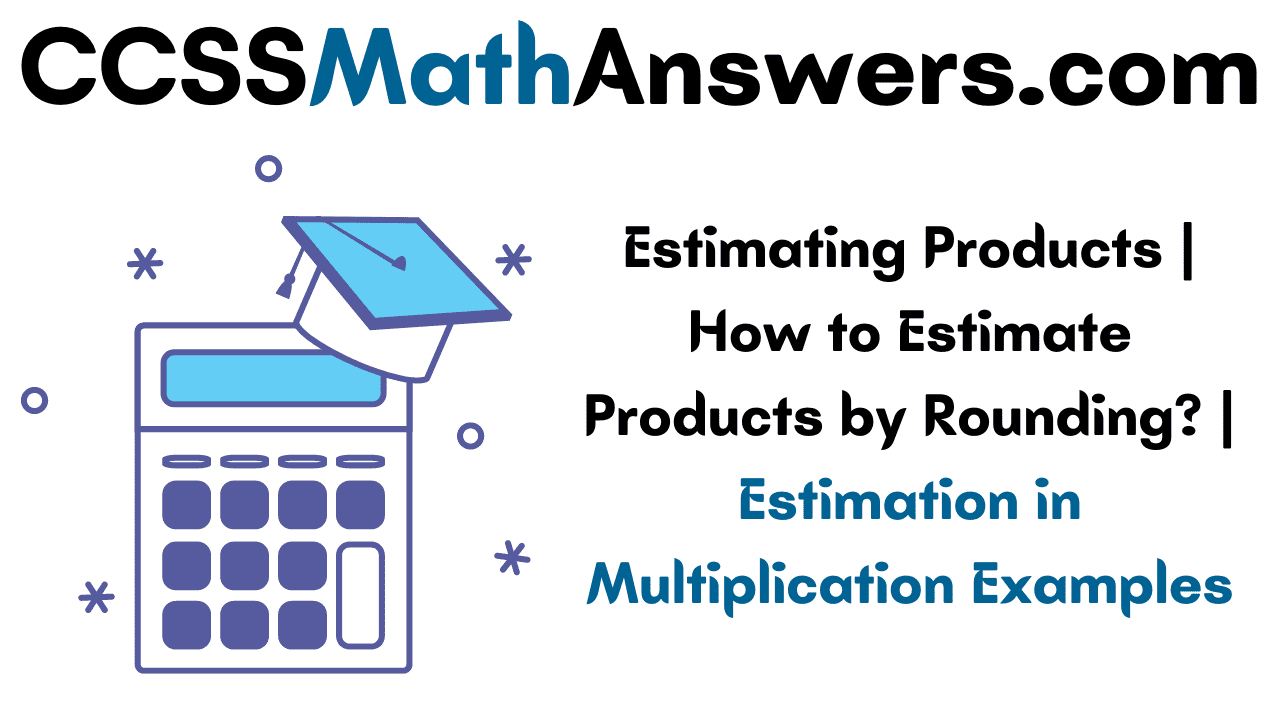


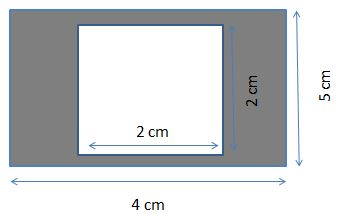
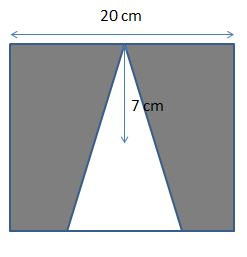
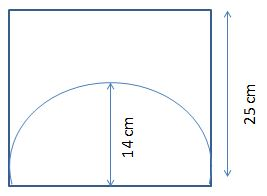
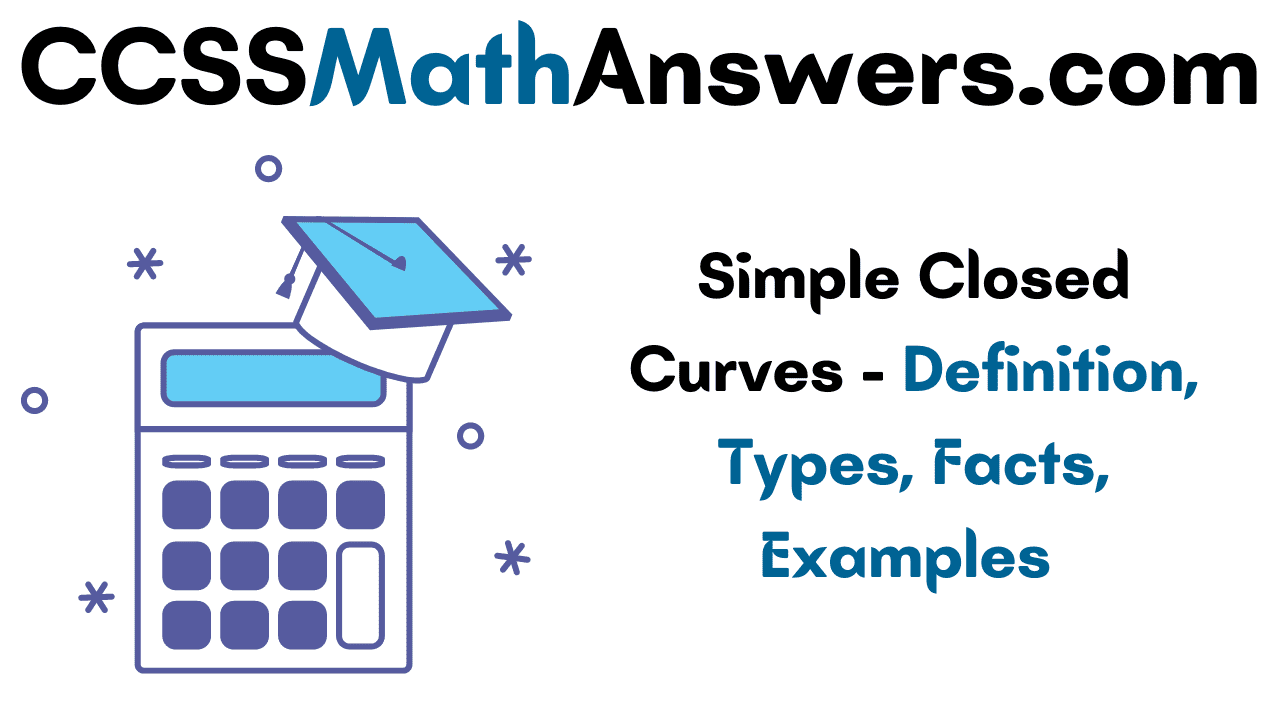
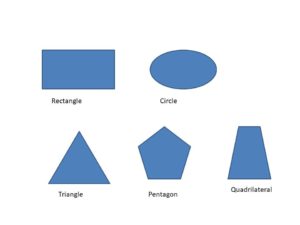
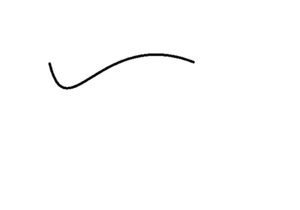
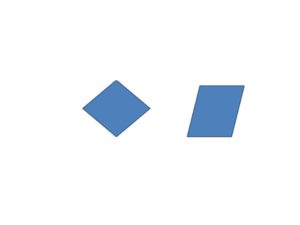
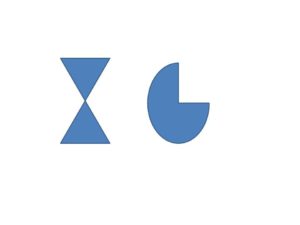


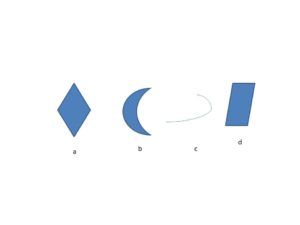
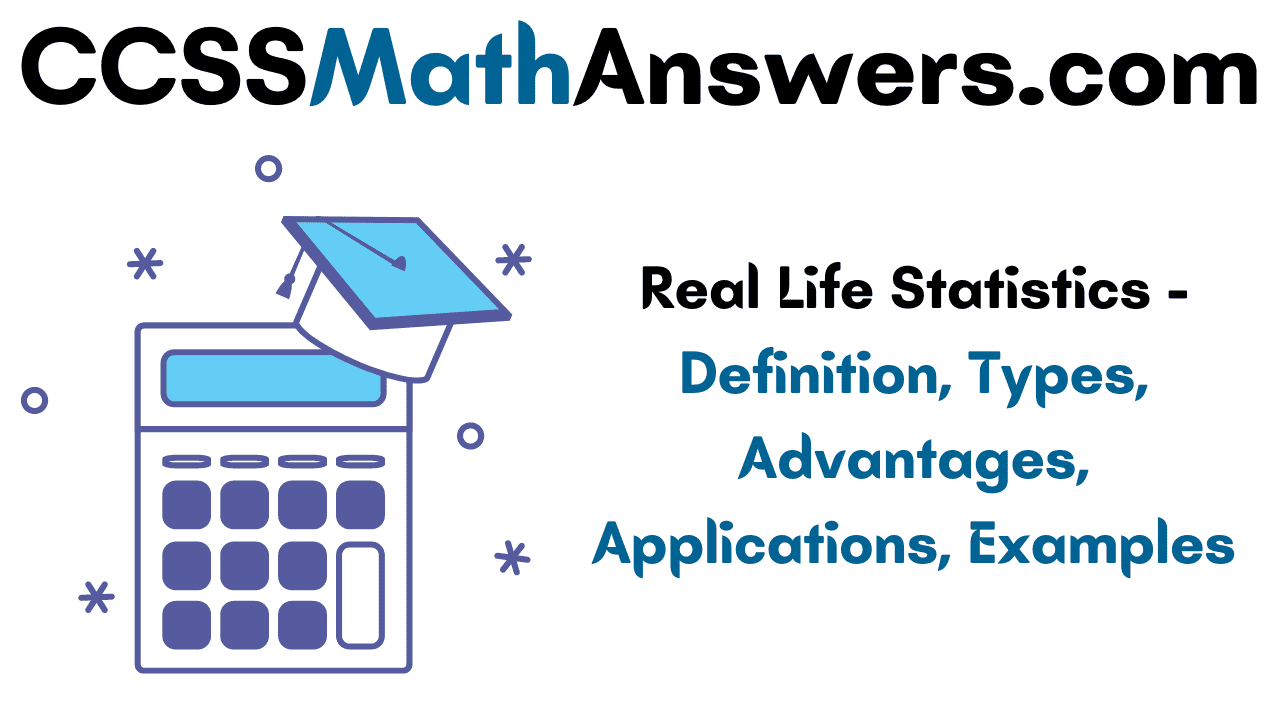
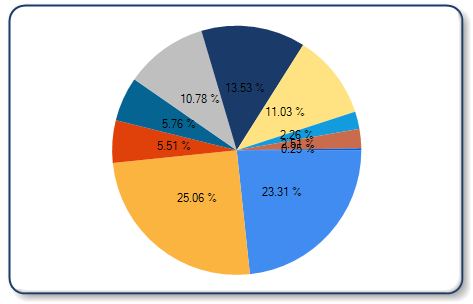
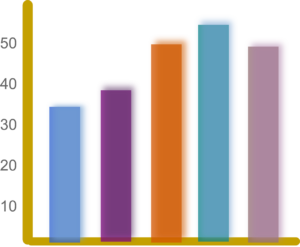
 Pictogram: A Pictogram is one of the simplest and most popular forms of data visualization out there. Also known as “pictographs”, “icon charts”, “picture charts”, and “pictorial unit charts”, pictograms use a series of repeated icons to visualize simple data.
Pictogram: A Pictogram is one of the simplest and most popular forms of data visualization out there. Also known as “pictographs”, “icon charts”, “picture charts”, and “pictorial unit charts”, pictograms use a series of repeated icons to visualize simple data.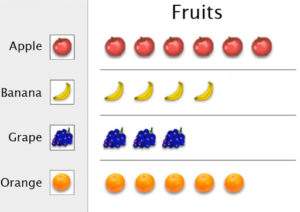 Histogram: A histogram is a display that indicates the frequency of specified ranges of continuous data values on a graph in the form of immediately adjacent bars. Interval is a range of data in a data set. The different types of a histogram are uniform histogram, symmetric histogram, bimodal histogram, probability histogram.
Histogram: A histogram is a display that indicates the frequency of specified ranges of continuous data values on a graph in the form of immediately adjacent bars. Interval is a range of data in a data set. The different types of a histogram are uniform histogram, symmetric histogram, bimodal histogram, probability histogram.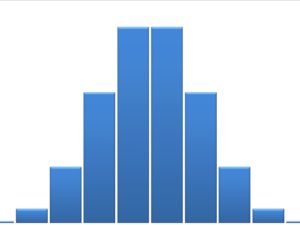
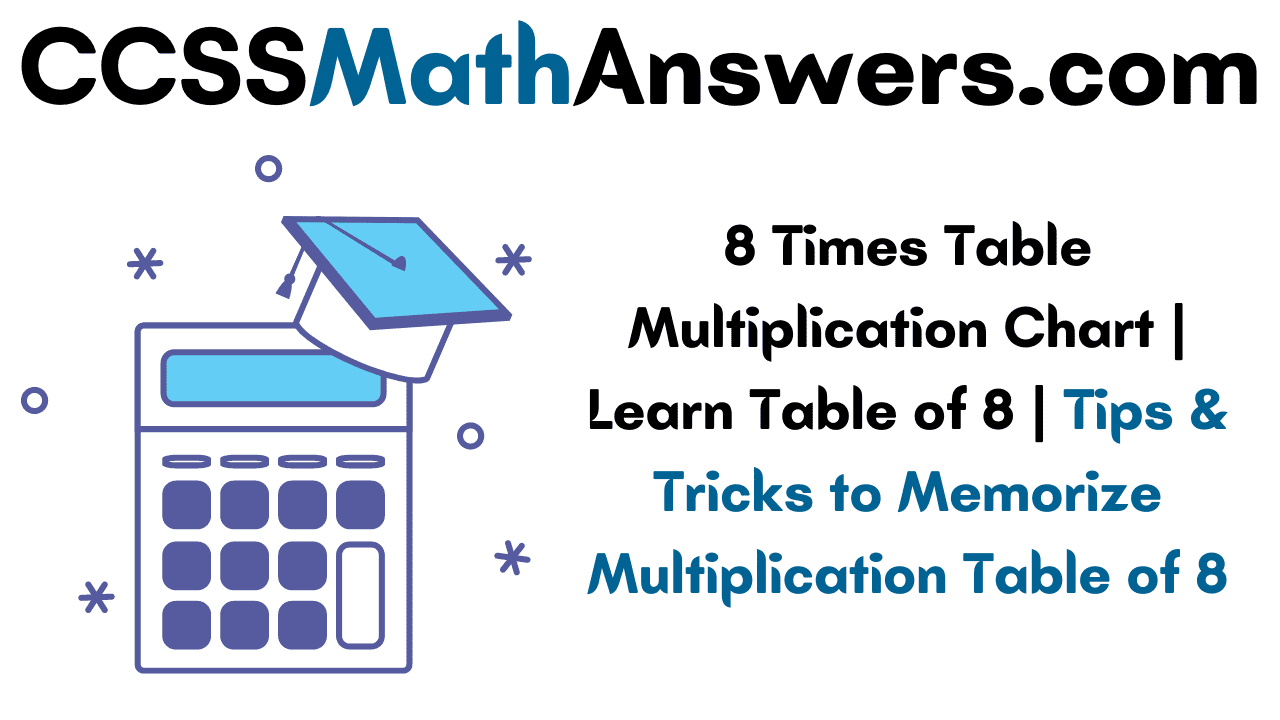
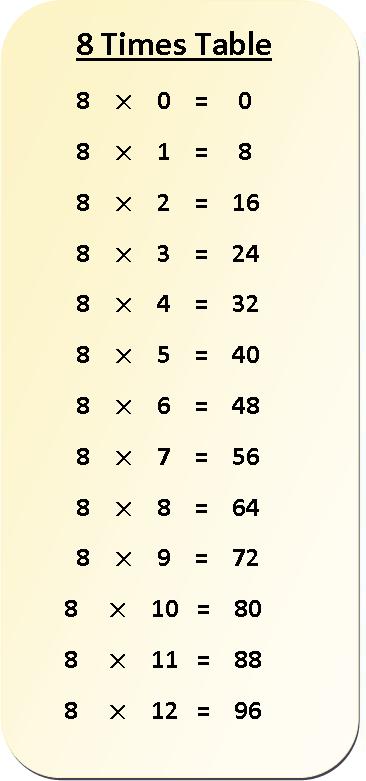
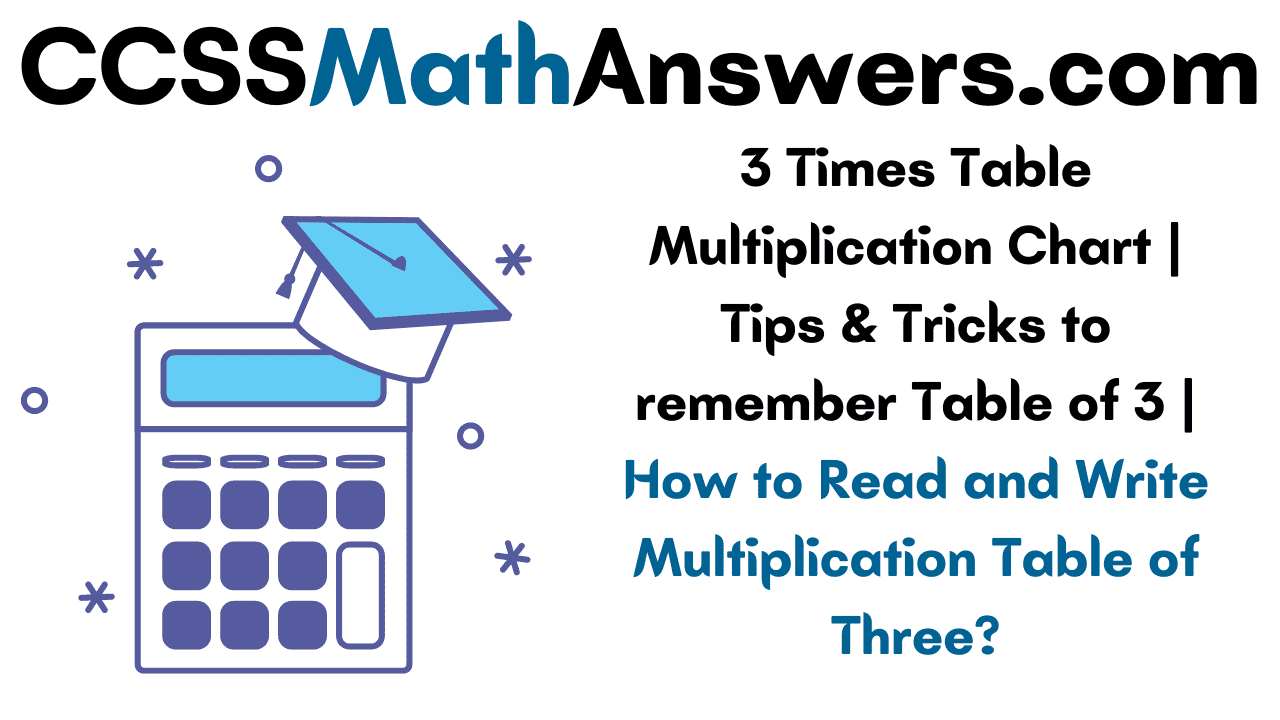
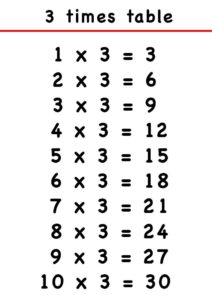 Multiplication Table of 3 up to 20 | How to write Table of 3?
Multiplication Table of 3 up to 20 | How to write Table of 3?